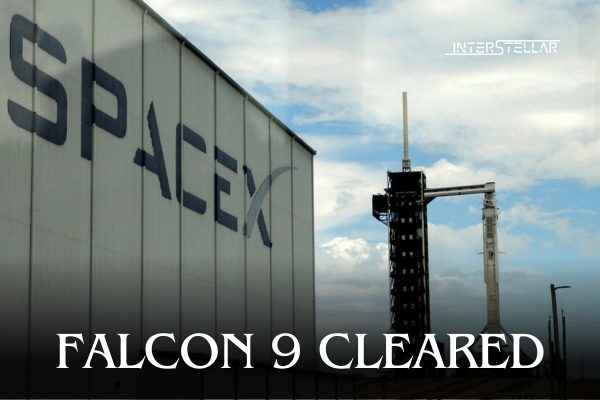SpaceX Falcon 9 Cleared for Return to Flight Despite Investigation
The US Federal Aviation Administration (FAA) announced on Friday that the SpaceX Falcon 9 rocket may resume flight operations. This decision comes even as the investigation into the recent anomaly during a Starlink mission remains ongoing.
FAA Approval for Falcon 9 Flights
SpaceX had requested approval to return the Falcon 9 to flight on Thursday, and the FAA granted this approval the following day. The agency stated that flights could continue as long as all other licensing requirements are met.
Details of the Recent Anomaly
The grounding of the Falcon 9 occurred after a failed landing attempt on Wednesday. During a routine Starlink mission, the rocket successfully launched a batch of Starlink internet satellites into orbit from Florida. However, the reusable first stage booster, which typically lands on a sea-faring barge, toppled into the ocean after a fiery descent. This incident marks the second time this year that Falcon 9 has been grounded by the FAA.
History of Falcon 9 Groundings
Groundings of the Falcon 9 rocket are infrequent, given its significant role in launching satellites and humans into space. The rocket was last grounded in July after a second-stage failure in space resulted in the loss of a batch of Starlink satellites. Following that incident, SpaceX was able to return Falcon 9 to flight within 15 days after receiving expedited approval from the FAA.
Upcoming SpaceX Missions
Falcon 9 is scheduled to launch two NASA astronauts in late September on a Crew Dragon spacecraft. This mission is particularly important as it aims to return the two astronauts who have been stranded on the International Space Station after travelling there on Boeing’s troubled Starliner spacecraft. Additionally, SpaceX has built a large fleet of reusable Falcon boosters since the rocket’s debut in 2010, allowing the company to maintain a high launch frequency and outpace its competitors.
Another Starlink mission was set to launch shortly after Wednesday’s flight, this time from SpaceX’s other launch site in southern California. However, the company postponed this mission following the landing failure.





